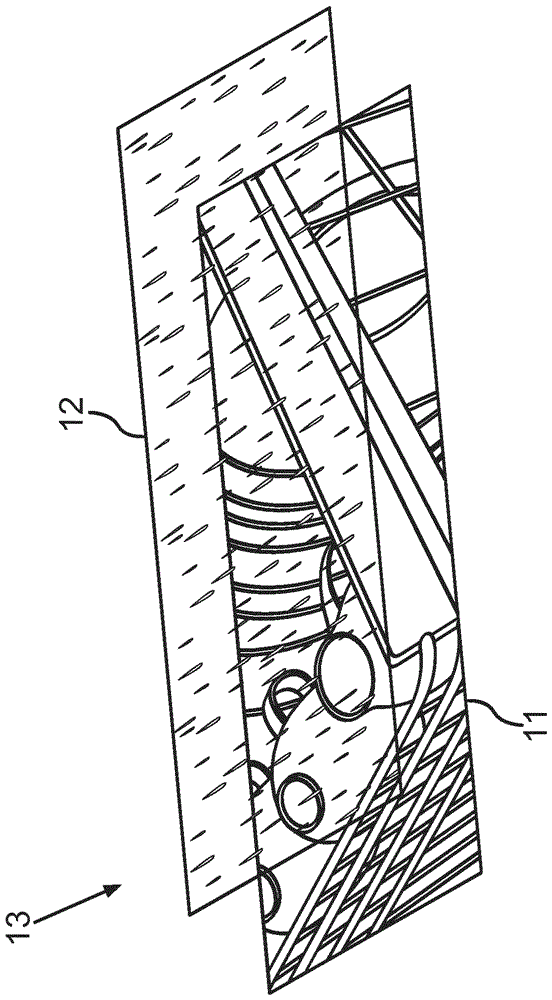Method for remote monitoring of the operation of a household appliance, portable communication end device, and computer program product
A technology for communication terminals and household appliances, applied in washing control programs, detailed information related to graphical user interfaces, calculations, etc. Inadequately notified, etc., to achieve improved perceptibility, increased realism, and reliable detection
- Summary
- Abstract
- Description
- Claims
- Application Information
AI Technical Summary
Problems solved by technology
Method used
Image
Examples
Embodiment Construction
[0039] exist figure 1 The system 1 shown in FIG. 1 includes a portable communication terminal device 2 and a plurality of home appliances 3, which are installed in a home and may include, for example, the following home appliances: washing machines, clothes dryers, ovens, stoves, Range hoods, cooling-freezing combinations, dishwashers, etc. In the exemplary embodiment, the portable communication terminal 2 is designed as a smartphone and has a display device 4 which has a touch-sensitive surface 5 and is therefore designed overall as a touch screen. Arranged in the portable communication terminal 2 is a control unit 6 which is designed to actuate the display device 4 and also to receive operating inputs, which are made by the user on the touch-sensitive surface 5 . In addition, the portable communication terminal 2 also includes a communication device 7 which is designed for wireless communication with the domestic appliance 3 . The communication can take place eg via a wire...
PUM
 Login to View More
Login to View More Abstract
Description
Claims
Application Information
 Login to View More
Login to View More - R&D
- Intellectual Property
- Life Sciences
- Materials
- Tech Scout
- Unparalleled Data Quality
- Higher Quality Content
- 60% Fewer Hallucinations
Browse by: Latest US Patents, China's latest patents, Technical Efficacy Thesaurus, Application Domain, Technology Topic, Popular Technical Reports.
© 2025 PatSnap. All rights reserved.Legal|Privacy policy|Modern Slavery Act Transparency Statement|Sitemap|About US| Contact US: help@patsnap.com



